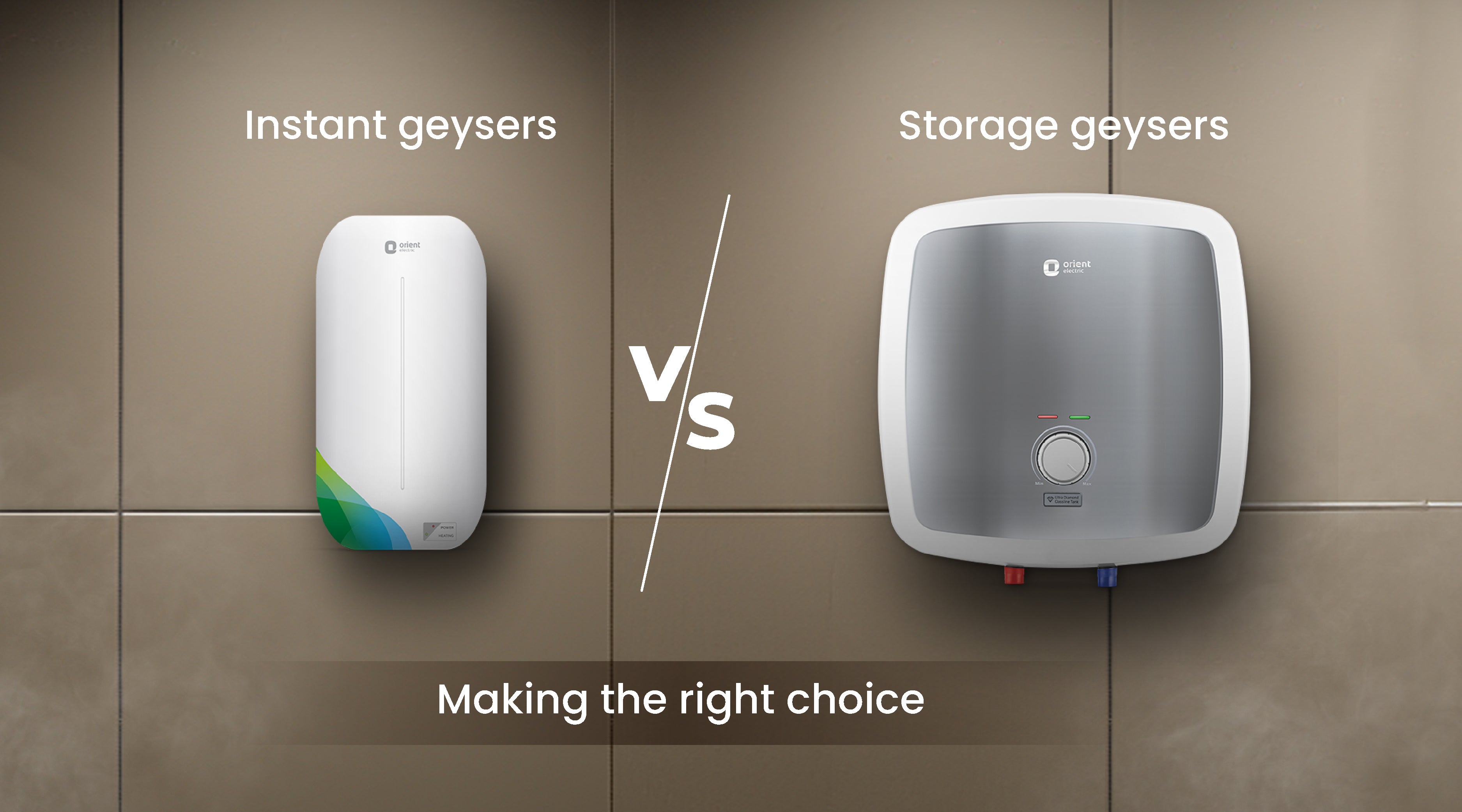How to Pick the Right Geyser to Maximize Energy Performance in Your Home
Picking an energy-efficient geyser is not as simple as it appears, requiring mindful assessment of various elements. From understanding the various kinds of hot springs, to reviewing their power efficiency ratings and taking into consideration positioning strategy, each choice plays an important role in maximizing performance. Balancing the first financial investment with lasting savings is also vital. Allow's start this journey to uncover how to make the most informed selection for a hot spring that will decrease your energy expenses while ensuring ideal performance.

Understanding the Various Kinds Of Geyser
While there are different kinds of geysers readily available on the market, comprehending the distinctions between them is critical for power effectiveness (geyser sizes). The initial type, storage hot springs, are one of the most typical and store warm water in a tank for use when required. They are available in various abilities and are typically energy-efficient, however they can shed warmth when not being used
The second kind is the tankless geyser, which heats water on need, leading to much less energy waste yet requiring a greater preliminary power draw. Solar hot springs make use of solar power to heat the water, making them the most energy-efficient yet likewise the most expensive.
Assessing Your Family's Warm water Requirements
Prior to diving into the purchase of a geyser, it is pivotal to analyze the warm water needs of your household. This analysis must think about numerous variables consisting of the variety of house members, regularity of warm water usage, and the number of warm water electrical outlets in the home (geyser sizes). A small household with seldom warm water use could need a smaller, much less powerful geyser compared to a bigger family members with numerous everyday hot water requirements
The kind of home appliances that call for warm water additionally play a considerable role. Dishwashing machines and washing makers, for example, may need even more warm water than a basic shower or kitchen area sink. Moreover, specific tasks such as bathing or cleansing also influence the frequency and quantity of warm water required.
Assessing Energy Effectiveness Rankings of Geyser
Having assessed the warm water requirements of your home, it is essential to transform your attention to the power efficiency scores of hot springs. These rankings, generally provided as Power Factor (EF), indicate a hot spring's total energy efficiency based on the amount of warm water produced per device of gas consumed over a regular day. The greater the EF, the a lot more effective the hot water heater.

Factors To Consider in Geyser Dimension and Positioning
Beyond energy effectiveness ratings, the size and placement of your geyser are crucial elements to take into consideration. The size of the geyser should straighten with your family's warm water requirements. A small geyser may make use of less power yet may not offer adequate warm water for several uses at the same time, whereas a bigger device can satisfy greater need yet may consume even more power.
Geysers need to be set up close to factors of use to minimize warm loss during water transport. Additionally, considering thermal insulation, a geyser situated in a warmer area sheds less warmth and for that reason This Site makes use of less power to preserve the water temperature level.
Cost Evaluation: Stabilizing Preliminary Financial Investment and Long-Term Cost Savings
While size and positioning most certainly play considerable duties in a geyser's energy performance, one should not ignore the monetary facet. When taking into consideration the initial financial investment, the price of energy-efficient geysers can be greater than basic designs. The raised upfront cost can be balanced out by long-lasting power financial savings, making it a worthwhile investment in the long run next (geyser sizes).
Examining lasting cost savings needs an understanding of the geyser's energy ranking. An appliance with a higher ranking will consume less energy, equating to reduced energy expenses with time. Furthermore, government incentives and rebates for energy-efficient appliances can also help recoup initial costs.
Ultimately, maintenance and life-span ought to be factored in. Energy-efficient geysers typically have longer life expectancies and lower maintenance prices, contributing to general cost savings. When stabilizing initial financial investment and long-lasting cost savings, one must think about not only the acquisition cost yet additionally energy consumption, federal government rewards, and maintenance prices.

Final thought
These include recognizing the types of hot springs, evaluating your household's warm water needs, assessing power performance scores, more tips here and calculating expense benefits. The ideal geyser size, positioning, and insulation can considerably reduce power costs and ecological impact.